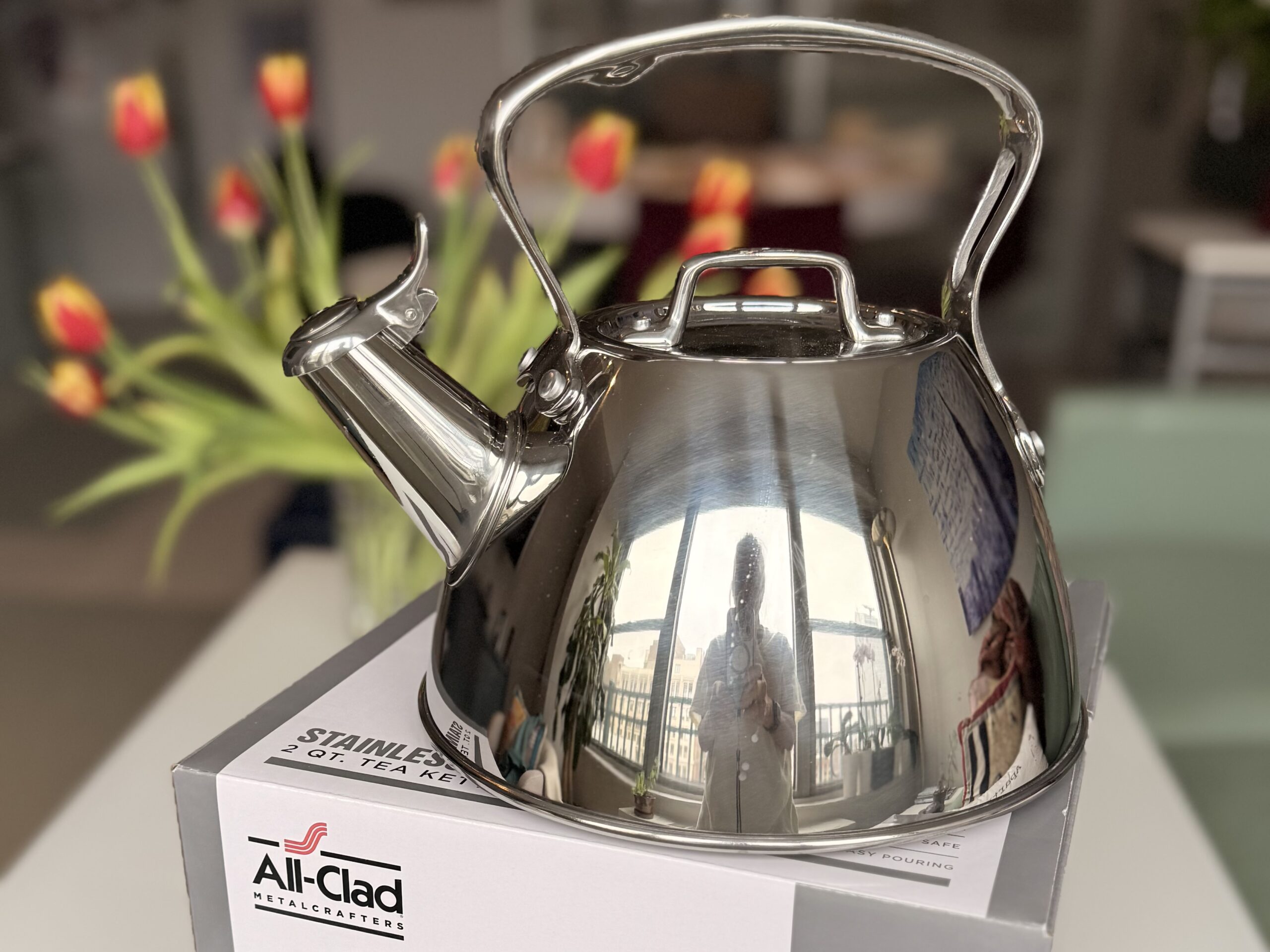Bonnie: Last week, when in Des Moines, Iowa, I was at the home of Linda Funk, executive director of the Soyfoods Council. She served wine, cheese and chocolates. Soy foods, too.
Before sampling the edibles, I reached for the bottle of Charles Krug (2005) Peter Mondavi Family Generations to pour myself a glass, when there on the counter at the serve-yourself bar, I noticed a Vinturi wine aerator.
Quite familiar with the aerator, as I was in the midst of testing and writing a about it for BiteoftheBest.com, I poured my Charles Krug through the aerator into the glass — and then began answering questions from the others who hadn’t seen it before.
I shared what I knew. Everyone knew that aerating red wine opens it up, resulting in a smoother, better tasting wine. Instead of decanting the wine and allowing it to breathe, Vinturi allows you to pour the wine through the aerator right into the glass—something great for those of us always in a rush.
Vinturi also launched the first-ever white wine aerator. In testing, I did discover that aerating white wine also improves its flavor. How interesting!
But do you need both?
I asked that question to the PR folks promoting the aerators. The response: “They are calibrated differently… adding a different amount of air.”
If you’re an oenophile or have an expensive wine cellar, perhaps you’d want both. Me? I can get by with just one. The red one.
Either is quite stylish to leave on your counter, as Linda did, for those in the know to use.
Bryan: You’ve got to love science. Yes, yes. There is always something to be said for doing things the old fashioned way. We all have a romantic view of the way things used to be, but I must say that on more than a few kitchen gadgets, I see no need to turn back the clock. I don’t know anybody who would like to puree anything without the assistance of a food processor nowadays… So why shouldn’t other processes be brought into the 21st century?
Ah, now the science (I actually began college as an astrophysics major). Bernoulli’s Principle states that as the speed of a fluid increases, the pressure within the fluid itself decreases (conservation of energy). Vinturi has used this basic principle of physics to enhance the process of aerating wine. Why sit and wait for surface area-induced diffusion to take place when you can simply move faster?
Though the French will likely be appalled, pouring wine into a Vinturi creates an increase in the wine’s velocity and a decrease in its pressure. This pressure difference creates a vacuum that draws in air, which is mixed with wine for perfect aeration.
Wine that has been allowed to breathe really does taste better. As wine breathes, it opens up, releasing its aromas and flavors and softening its remaining “bite.”
Simply hold the Vinturi over a glass and pour wine through. It’s fast and it’s pretty much that easy. I say “pretty much” because it may take you a few tries not to spill your wine. Some people have trouble pouring wine without spilling to begin with, let alone aiming for a target 1/4 the size of a wine glass.
I wouldn’t pour my ‘52 Pétrus through this device, but I’m pretty sure that with any wine short of that, it is a much better idea than waiting an hour for a decanter to take hold. A definite addition to your home bar!
Eric: I’d consider myself more of a beer/bourbon drinker than a wine enthusiast, so when it was time to test the Vinturi aerator, I wasn’t as enthused as my mother and brother to break open a bottle and watch physics in action. With a degree in hospitality, and a few years of banqueting and restaurant service under my belt, I’m more than familiar with how to properly serve wine, as well as the many idiosyncrasies people have with regard to the temperature and decanting time of the wine. The French, and most other people who believe in the true tradition, would indeed be appalled by the creation of the Vinturi. But with the fast-paced lifestyle nowadays, who has time to let wine breathe, let alone decant it? What the Vinturi represents is beyond science; it’s practicality.






No, I haven’t tried it. But I am fascinated by the concept and am willing to take a chance on the item. I expect to look up and order at least the red wine version.
My sister gave me this Vinturi wine aerator for Christmas last year and I love it! We’ve done blind tastings with friends and they almost always prefer the aerated glass of wine. While on a cruise last year we noticed the guy at the next table using the Vinturi aerator and he told us he always brings it with him when he travels! I have not gone to that extreme but I do love it.
We’ve had our aerator for over a year and love it! It can even make a really cheap bottle of wine pretty good. Lots of fun when we have a bunch of people together and also makes a great house gift.
lovetoalliamfrosttiemsyouerwebsiteiamveryhappy
[…] This is one of those “slap-my-head-of-course” kind of items. Last summer, we featured the Vinturi wine aerator in this space. You hold that wine aerator over either individual glasses or a decanter […]